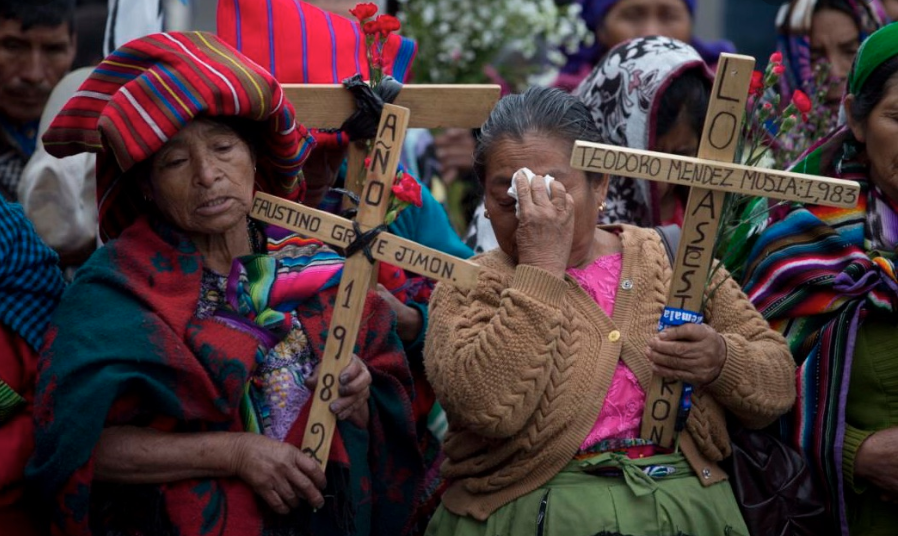In Guatemala, the relation between the indigenous peoples of the present, and the “magnificent” Maya of the past is often debated. The general perspective, which has been in place since the eighteenth century, is that the present indigenous people in Guatemala have no relationship with the Maya, and that they are not their descendants. Identities change over time, but groups maintain connections with their histories as the indigenous people of today, who are Maya, maintain ties with the ancient Maya.
Of all the indigenous languages spoken in Guatemala, languages derived from the Maya are the most widespread. All of the languages derive from Protomaya, which was spoken in the northwestern highlands of the country four thousand years ago. And, of the approximately thirty derived languages that are currently spoken, more than two thirds are spoken in Guatemala. Of these, those that are part of the K’iche’an branch – such as K’iche’, Kaqchikel, Q’eqchi’ and Tz’utujil, – are spoken by more than half of today’s Maya population. The K’iche’ (the most common) alone is shared by around 1.5 million people.
However, the K’iche’an and other Maya groups are not considered linguistic, cultural or biological descendants of those who inhabited these lands centuries ago. Several papers have been written on this form of ninguneo and racism. Ethnicity, State and Nation in Guatemala (2002, 2004) written by Arturo Taracena, and the series on racism of the Association for the Advancement of Social Sciences in Guatemala (AVANCSO), are some examples.
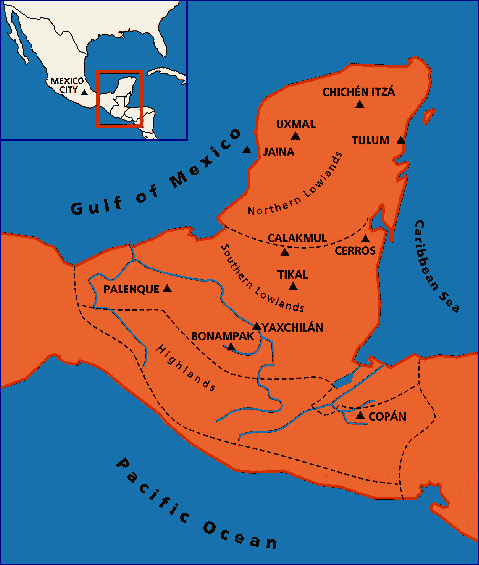
Source: Canadian Museum of History
The two above works, as well as any serious research on the subject, agree that this discourse of denying the past of the Maya to the current Maya emerged between the end of the 18th century and the beginning of the 19th century. Taracena himself mentions in another work published in Estudios de Cultura Maya (2006) that the liberal state built the idea of a degraded and lesser indigenous population, while the Maya of Tikal and other large ancient cities were mythified and veiled. The ancient Maya became associated with “greatness” and “prestige,” with the liberal coffee elite simultaneously gaining power. At the time when this racist discourse became state policy, indigenous communities were also expropriated from their communal lands, and forced to work on agro-export farms.[1]
Denialists have encountered scientific evidence that progressively counters their views. However, they twist the evidence and argue that, although the current Maya have a pre-Hispanic past, their ancestry is not Maya but rather that they come from Toltec, an indigenous group in central Mexico, and that, therefore, they cannot claim any relationship with the ancient Maya of Tikal. But, this Toltec argument was discarded from Mesoamerican archaeology several years ago, since said terms refer to a particular cultural horizon[2], and not a specific ethnolinguistic group. And, within the “Olmec horizon,” the Maya people did participate in their own way. Smith and Berdan (2003) call it the “Mesoamerican World-System” in which multiple indigenous groups were culturally related but still separate, and in various papers they show all regional variations, though these papers rarely reach the public.
But, what is the main argument that makes it possible to unite the K’iche’, Mam, Q’anjob’al, Ch’orti’ and others with the Maya of the distant past? One significant argument is the linguistic connection. As already mentioned above, all these indigenous languages derive from the Protomaya which was spoken in the highlands forty centuries ago, and which diversified until it formed a family of around thirty languages in the present day. Forty centuries means that we are discussing the year 2000 B.C., when the first ceramics in Mesoamerica were made and when what archeologists refer to as “complex societies” arose. It is practically when Mesoamerica was born as a cultural area.
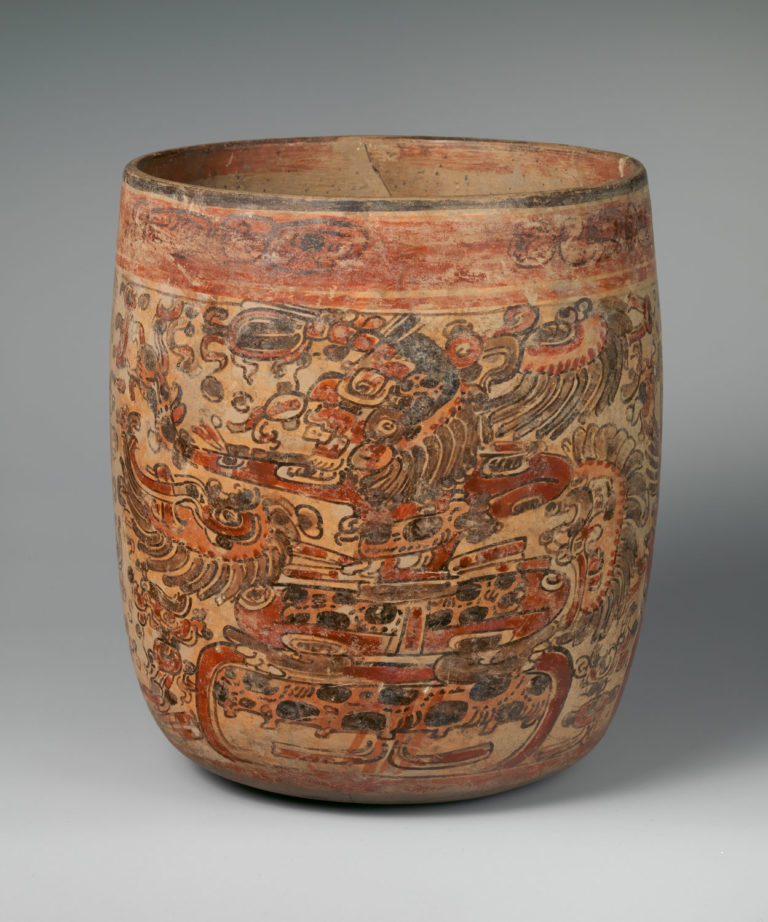
Source: Metropolitan Museum of Art
The term “Protomaya” was coined by taking “Maya” and placing the prefix “proto-” in front to indicate the initial, ancient or foundational. “Maya” comes from Maya, the name that the Yukatek give to their language. The first researchers began to name all the cultural groups that shared linguistic and cultural forms with this term in order to group them together. And, this term was generalized, first in anthropological and archaeological research and, after the middle of the twentieth century, with a political connotation from the original peoples themselves and in other spaces.
A shared linguistic origin does not mean that the Maya of today remain identical to those of four thousand years ago or to those seen in the NatGeo documentaries about the fantastic Maya cities buried deep in the jungles of Petén and Mexico. To begin with, there are marked cultural differences between the Maya of the lowlands and highlands, with some groups, such as the Q’eqchi’, representing a combination of both areas. The Q’eqchi’ (from the same linguistic branch a K’iche’, Kaqchikel and other related languages) have a highland linguistic origin, but a culture of the lowlands. The latter is the result of centuries of interaction with the Ch’ol groups north of Verapaz, with whom they eventually merged, giving rise to a very particular form of K’iche’an, as Jan de Vos already mentioned in his work on the Lacandon jungle.
But, that does not make them less Q’eqchi’, less K’iche’an or less Maya, since above all identity is not an inventory of characteristics, but rather a subjective social phenomenon. The same can be said of the K’iche’ or other groups, but also of the Europeans. Present-day Europeans are not identical to those of the 16th century, 5th century or even before, but they do not stop maintaining a cultural and identity trajectory that derives from earlier Europeans.
My work as a researcher has focused, above all, on the K’iche’ society. Of all the indigenous groups, it is the one with the highest number of native language speakers (about 1.5 million), and although its original communities are located in the western highlands, it is possible to find K’iche’ throughout Guatemala and even in Mexico and other parts of Central America. The K’iche’ wrote colonial titles to defend their territories and narrate their pre-Hispanic past, such as the Popol Wuj and the Título de Totonicapán. For a long time, they were associated with the Toltec or the “Aztec” (Mexica) because of their cultural features, their early colonial texts and their architecture.
Editor’s Picks — Related Articles:
My Truth, Your Truth, Their Truth, and “The” Truth: Indigeneity in the Americas
The Open Amazon and its Enemies: A Call for Action and Optimism
Colombia: A Divided Country in Search of Peace
However, specialized studies have consistently shown that, in reality, as Geoffrey Braswell rightly mentions, there was a “nahuatization” of the K’iche’ elite in the last century before the European invasion. This means that the pre-Hispanic K’iche’ elite had links with the peoples of central Mexico and that, for political reasons, in the early colonial times they would highlight this relationship over their Maya origin which was less valuable to the Spaniards. However, it is also evident, as Ruud van Akkeren has expressed, that the K’iche’ and the Kaqchikel also conveyed their relationship with the Maya of the lowlands, many of whose members had migrated to the highlands when the political entities collapsed in Petén centuries ago.
To name these colonial or pre-Hispanic groups as K’iche’, Mam or Q’eqchi’ can also be a mistake and, above all, an analytical anachronism because the forms of identity of these Maya societies have been changing over time. Just as in Europe, those born in what is now France were not always called French, so in the Maya region not all inhabitants always called themselves by the name of their language.
The term K’iche’ originates from a specific group, Nima K’iche’, which was part of the Winaq or K’iche’ Confederation (or State) with its capital in Q’umarkaj, which was next to the modern town of Santa Cruz del Quiché. The language, as far as it is known, was called Achi. Achi is still the dialectal variation (institutionalized as a language) spoken in Rabinal, Baja Verapaz. At first, the Spaniards called the language “utateco” or “utlateco” because of the Nahua translation of Q’umarkaj as Utatlán. This is why the K’iche’ were called “utlateca language”, which in turn maintained Achi as the name of the language as well as the group’s names for territories (such as Yax and the Canton Chi Yax, in Totonicapán) as its main forms of identification.
It was possibly in the eighteenth century when these groups began to be called by their language, and recognized themselves under that name. That is, “K’iche’” went from being a language to an ethnonimy (name of an ethnolinguistic group). The use of linguistic labels for groups of the past is a tool, above all, to analyze and describe a people when there is excessive information surrounding their identity or a lack of knowledge of what they were called, but their language (or their linguistic family) is still known.
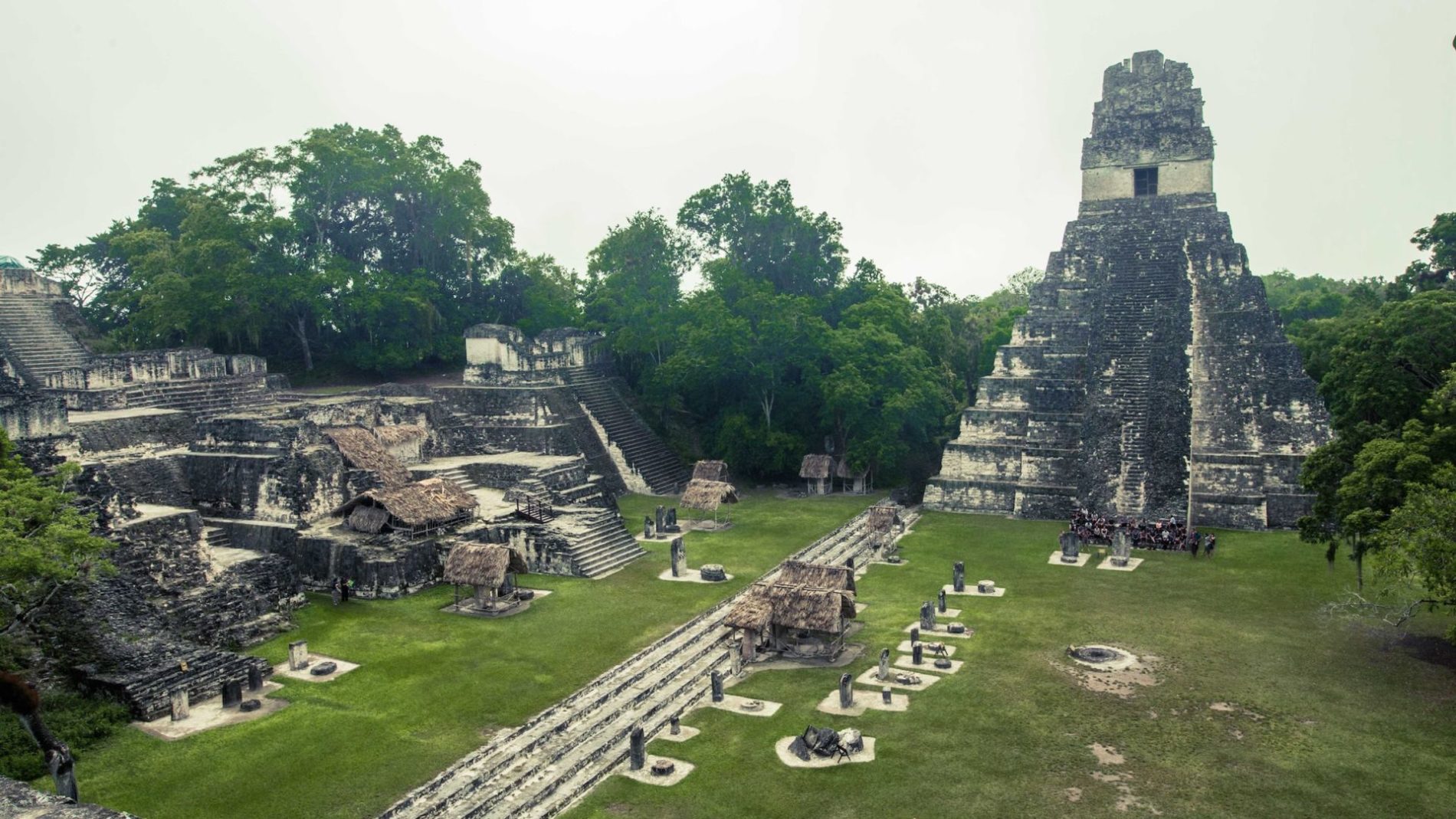
For the dominant system, there were always considered to be a few indigenous languages and that only a few of those deserved attention in terms of study and use. For the Christian friars, it was a bit different- they created the few grammars, dictionaries and vocabularies in colonial Maya’ languages that were found. Beginning in 1871, indigenous people began to be considered a problem (the “problem of the Indian”) and they sought to become mestizo citizens (Ladinos). The label Ladino has always had the connotation of an ethnic group in itself instead of being considered a group of people with diverse origins, as it truly is.
Identity is a social and historical construction with contextual determinants. The ethnolinguistic label is relatively recent as an identity marker within the Maya peoples. Currently, a combination of both language (K’iche’) and place (ajxelajuj “quetzaltec born”) labels is being used, with other factors in a secondary but no less important place. Dialectal variation[3] is a fundamental element of identity that recognizes the local identity (of the municipality) and the broader identity (of the language that is shared with other communities).
The logic of palimpsest in Maya cultures indicates that they are quite aware, in general, of their recent and oldest past. And, they also have documents that further retrace their community memory in the cases of Totonicapán, Quetzaltenango, Sololá and Chichicastenango, among others. In some groups, such as the oriental Q’eqchi’ with which I worked a few years ago, memory further implies knowing that they come from both Q’eqchi’ and Ch’ol speakers, and that they are descendants of both Maya groups. In the case of the lowland Maya, their relationship with the inhabitants of Tikal and other large classical cities is more evident, both culturally and linguistically.
The connections beyond the linguistic are also quite clear. Designs that appear today in textiles or ceramics also appear in representations more than a thousand years ago. On the topic of textiles, there is a ruthless debate at present because many businessmen are using the designs of Maya fabrics to sell them at higher prices without considering the indigenous populations and without recognizing their authorship in the designs. It is a regional problem, as documented with Oaxaca, in Mexico, and with the Kuna in Panama.
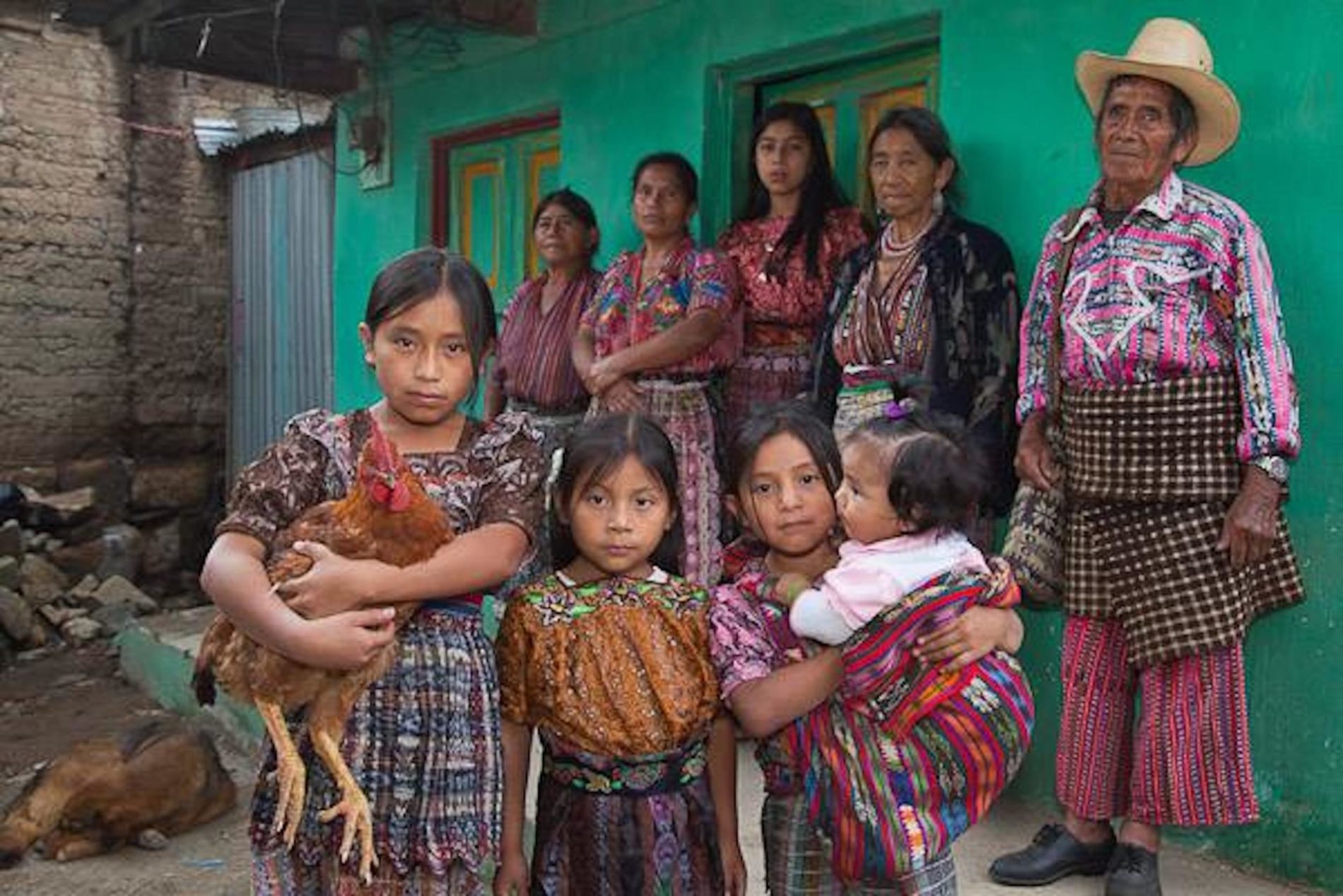
Source: socialjusticesolutions.org
For almost the entire Spanish colonial period, the relationship of indigenous peoples with those ancient remains was not a problem. It was during the construction of the Guatemalan national state at the end of the 18th century, when the idea of a “national identity” that maintains subordination to the Maya peoples begins to pose a problem, and the connection of the mestizo elites and Spanish origin with the glorious Maya past becomes a reality. Maya colonial documents, their social organization, their dress, their languages and their culture in general began to become, “the problem of the Indian,” as mentioned above. But, the non-Maya had some success- if the Maya were two thirds of the population in the 19th century, they shrunk to almost half of the population a century and a half later.
However, the Maya did not disappear. Today’s Maya peoples have not only had to deal with the deadly epidemics of the 16th century but with constant attacks, massacres, mass exploitation and discrimination at all levels in the last two centuries by Guatemala and other Latin American states. Recognizing the relationship between the Maya of the past and the present is also a way to build a different, more inclusive Guatemala that truly respects its cultural, historical and social diversity. Those who do not want to recognize them are those who deny their history in order to nationalize, homogenize, folklorize, and profit from it, or who want to continue to prolong the ethnic relations of inequality. I hope that this changes one day in our lifetime.
[1] As documented by González-Izás (2014) for the southwestern coast, Castellanos Cambranes (1986) for the north of the country, at Verapaz, and McCreery (1994) for the western highlands, among others.
[2] A horizon is a set of practices and ideas shared by a diverse group of cultures at a given time.
[3] Shown for the K’iche’ by Sergio Romero in Language and ethnicity among the K’ichee’ Maya (2015, note the use of “Maya”)


